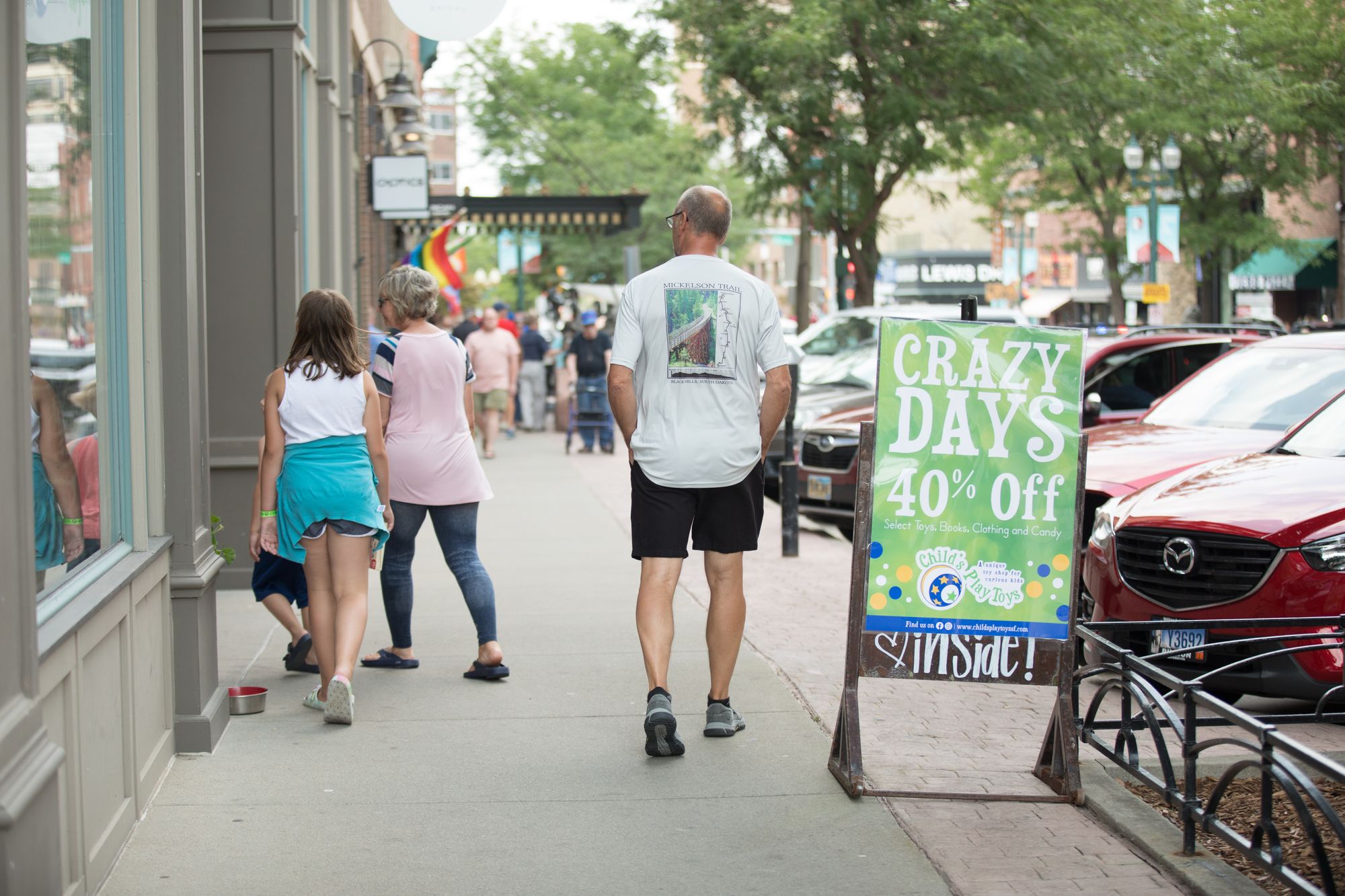Simplified: Downtown Sioux Falls, Inc. wants to find ways to fund more staff, more marketing for local businesses and more maintenance downtown. Their proposed solution? Having property owners kick in more cash.
Why it matters
- DTSF, Inc.'s work is supported by funding from the Main Street Business Improvement District (BID). The way the BID collects money from property owners hasn't changed since 1989.
- A new proposal would get rid of decades-old caps on how much money can be collected from downtown property owners. DTSF, Inc. President Joe Batcheller estimates about one-third of downtown properties will be affected by the increase.
- The goal is to use that money to address some staffing needs downtown, as well as fund additional maintenance and marketing for downtown businesses. As downtown grows, it'll also provide money for future initiatives related to the arts, events and small improvement projects.
"We want to make sure (downtown) is a good experience for everyone, and that's what the BID will provide," Batcheller said.
Explain what property owners are paying
Ok, so imagine you own a building downtown.
- You'll pay a property tax on that building, just like any other property owner in the city.
- But, if you're in the boundaries of the Main Street Business Improvement District, you'll also pay what's called a BID "assessment." It's essentially an extra tax.
For our purposes here, we're talking just about the BID assessment.
Right now – following the rules set in 1989 – assessments are capped. That means that no matter what a building is valued at, an owner won't pay more than $1,500 per year to the BID.
"Every dollar above and beyond $1 million (valuation) doesn't pay in," DTSF President Joe Batcheller said.
Batcheller and DTSF's goal is to change that.
Ok, so what's the proposal?
The new plan is to continue the existing assessment rate for buildings valued at less than $1 million.
- Then, valuation over that first $1 million, will be assessed at a rate of $0.50 per $1,000 of taxable valuation.
So, say a property is valued at $3 million.
- That first million is assessed using the existing formula (I'll spare you the math and tell you it'd be $1,500).
- Then the remaining $2 million in valuation would tack on another $1,000. ($0.50 for every $1,000. $2 million is essentially 2,000 thousands. It gets wonky, but taxes always are.)
The changes will also apply to land, not just buildings – though existing caps on land assessment are lower.
All math aside, the changes would bring more money to downtown.
What will DTSF do with more money?
The initial plan includes hiring two more downtown safety ambassadors to provide outreach to panhandlers and homeless people, offer hospitality services to visitors and monitor code enforcement for sidewalk use.
There are also plans to ramp up marketing efforts for downtown, improve wayfinding (i.e. signage telling folks where to go), and, in the future, fund events, art projects and other economic development efforts.
What happens next?
It'll ultimately be up to the City Council to decide if they want to remove the caps on assessments.
So far, the plan has received unanimous support from the Main Street BID Board.


